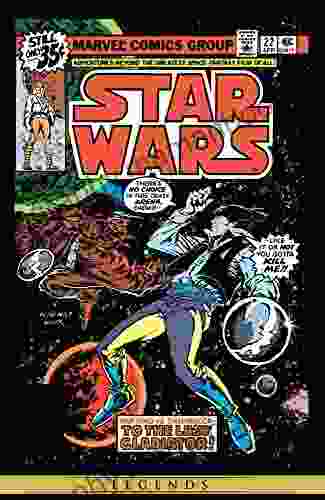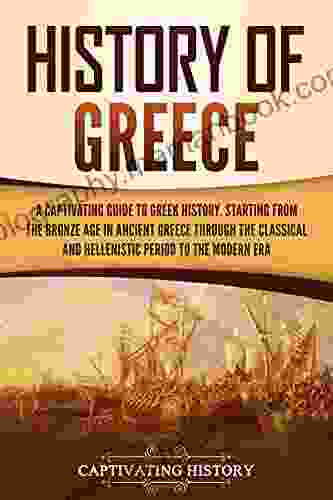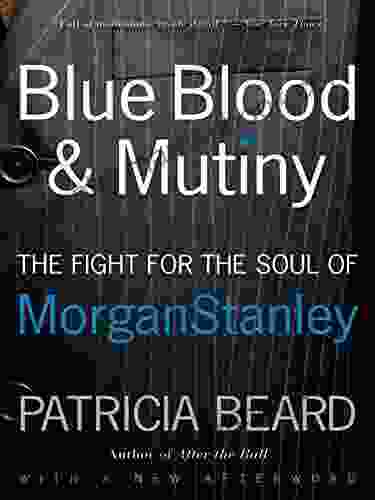Unveiling the Theory of Fun: A Comprehensive Exploration of Game Design's Core Principle

4.1 out of 5
| Language | : | English |
| File size | : | 4490 KB |
| Text-to-Speech | : | Enabled |
| Screen Reader | : | Supported |
| Enhanced typesetting | : | Enabled |
| Word Wise | : | Enabled |
| Print length | : | 258 pages |
In the realm of game design, the Theory of Fun serves as a guiding compass, illuminating the path toward crafting captivating and engaging experiences. This fundamental principle encapsulates the essence of gameplay, defining the elements that evoke joy, satisfaction, and a sense of fulfillment among players.
Join us on an in-depth exploration of the Theory of Fun, uncovering the intricate mechanics that drive player engagement and unraveling the secrets to creating games that resonate with audiences worldwide.
Cornerstones of the Theory of Fun
- Challenge: Challenge is the lifeblood of engaging gameplay, providing players with obstacles to overcome and a sense of accomplishment upon triumph.
- Curiosity: Curiosity fuels exploration and discovery, urging players to venture into the unknown and unravel the mysteries that lie within the game world.
- Control: A sense of control empowers players, enabling them to navigate the game world and influence the outcome of their actions.
- Progression: Progression provides a sense of growth and accomplishment, motivating players to push their skills and unlock new challenges.
- Social Interaction: Social interaction adds a human element to gameplay, fostering collaboration, competition, and a sense of community among players.
- Feedback: Feedback is crucial for player learning and engagement, providing clear and timely information about their actions and progress.
Practical Applications of the Theory of Fun
- Design for Challenge: Create well-balanced challenges that offer a sense of accomplishment without overwhelming players.
- Foster Curiosity: Introduce hidden areas, puzzles, and secrets to encourage exploration and discovery.
- Empower Players: Give players control over their characters and actions, enabling them to actively participate in the game.
- Create a Progression Path: Establish clear goals and rewards to motivate players to progress and overcome challenges.
- Incorporate Social Elements: Foster player interaction through cooperative gameplay, competitive modes, and social features.
- Provide Meaningful Feedback: Use clear visuals, sound effects, and notifications to convey player progress and provide feedback on their actions.
Case Studies: The Theory of Fun in Action
Let's delve into real-world examples of how the Theory of Fun has been applied to create some of the most beloved games in history:
Mario:
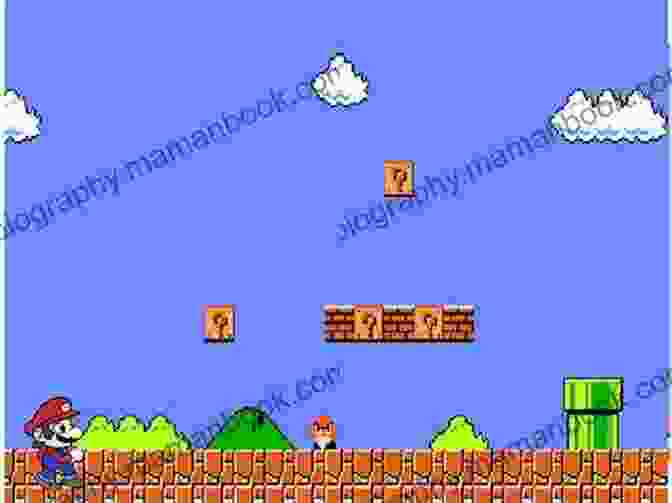
Mario's iconic platforming challenges, hidden power-ups, and sense of progression perfectly embody the Theory of Fun.
World of Warcraft:
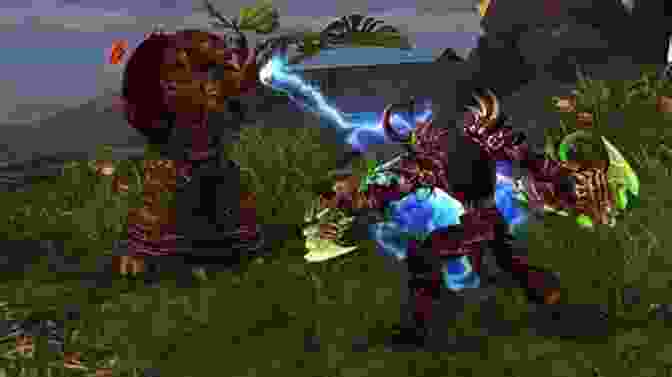
World of Warcraft's vast world, intricate social systems, and endless progression opportunities showcase the practical application of the Theory of Fun.
Roblox:

Roblox's emphasis on user-generated content, social interaction, and endless customizationsmöglichkeiten are a testament to the power of the Theory of Fun.
The Theory of Fun stands as a fundamental pillar of game design, guiding creators toward crafting captivating and engaging experiences. By understanding and applying its principles, designers can ignite player passion, foster a sense of accomplishment, and create games that leave a lasting impact.
As the gaming industry continues to evolve, the Theory of Fun will undoubtedly remain a guiding light, inspiring designers to push the boundaries of innovation and create gaming experiences that captivate the hearts and minds of players worldwide.
4.1 out of 5
| Language | : | English |
| File size | : | 4490 KB |
| Text-to-Speech | : | Enabled |
| Screen Reader | : | Supported |
| Enhanced typesetting | : | Enabled |
| Word Wise | : | Enabled |
| Print length | : | 258 pages |
Do you want to contribute by writing guest posts on this blog?
Please contact us and send us a resume of previous articles that you have written.
 Top Book
Top Book Novel
Novel Fiction
Fiction Nonfiction
Nonfiction Literature
Literature Paperback
Paperback Hardcover
Hardcover E-book
E-book Audiobook
Audiobook Bestseller
Bestseller Classic
Classic Mystery
Mystery Thriller
Thriller Romance
Romance Fantasy
Fantasy Science Fiction
Science Fiction Biography
Biography Memoir
Memoir Autobiography
Autobiography Poetry
Poetry Drama
Drama Historical Fiction
Historical Fiction Self-help
Self-help Young Adult
Young Adult Childrens Books
Childrens Books Graphic Novel
Graphic Novel Anthology
Anthology Series
Series Encyclopedia
Encyclopedia Reference
Reference Guidebook
Guidebook Textbook
Textbook Workbook
Workbook Journal
Journal Diary
Diary Manuscript
Manuscript Folio
Folio Pulp Fiction
Pulp Fiction Short Stories
Short Stories Fairy Tales
Fairy Tales Fables
Fables Mythology
Mythology Philosophy
Philosophy Religion
Religion Spirituality
Spirituality Essays
Essays Critique
Critique Commentary
Commentary Glossary
Glossary Bibliography
Bibliography Index
Index Table of Contents
Table of Contents Preface
Preface Introduction
Introduction Foreword
Foreword Afterword
Afterword Appendices
Appendices Annotations
Annotations Footnotes
Footnotes Epilogue
Epilogue Prologue
Prologue Assia Djebar
Assia Djebar Neil Astley
Neil Astley Neko Works
Neko Works Robert J Starratt
Robert J Starratt Andy Vickler
Andy Vickler Angel Devlin
Angel Devlin Ray Kingfisher
Ray Kingfisher Nancy Carey Johnson
Nancy Carey Johnson Stevie Chick
Stevie Chick Angel B
Angel B H A Mckenna
H A Mckenna Angela C Blackmoore
Angela C Blackmoore Don Rich
Don Rich Andy Bull
Andy Bull Shifio S Patterns
Shifio S Patterns Hilari T Cohen
Hilari T Cohen Carol Shields
Carol Shields Stephanie Manley
Stephanie Manley Lindsey Pogue
Lindsey Pogue Laura Sandefer
Laura Sandefer
Light bulbAdvertise smarter! Our strategic ad space ensures maximum exposure. Reserve your spot today!
 Andres CarterFollow ·18.2k
Andres CarterFollow ·18.2k Bruce SnyderFollow ·13.8k
Bruce SnyderFollow ·13.8k Melvin BlairFollow ·9.8k
Melvin BlairFollow ·9.8k Patrick HayesFollow ·2.1k
Patrick HayesFollow ·2.1k Jorge Luis BorgesFollow ·9.1k
Jorge Luis BorgesFollow ·9.1k Bob CooperFollow ·4.4k
Bob CooperFollow ·4.4k Jamie BlairFollow ·6.6k
Jamie BlairFollow ·6.6k Harrison BlairFollow ·15.8k
Harrison BlairFollow ·15.8k
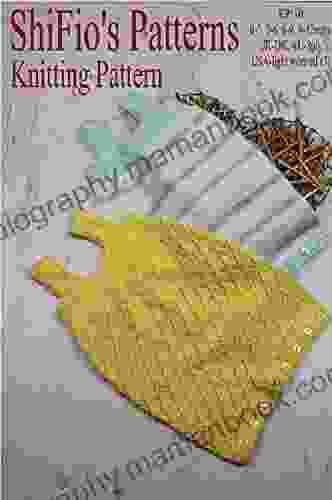
 Barry Bryant
Barry BryantKnitting Pattern Kp190 Baby Sleeping Bags Sizes 3mths...
This easy-to-follow...

 Rudyard Kipling
Rudyard KiplingFolk Music Arrangements of Bartók: A Musical Tapestry of...
Béla Bartók, the renowned...

 Garrett Bell
Garrett BellThe Yellow House Memoir: A Literary Masterpiece that...
A Journey of Resilience,...
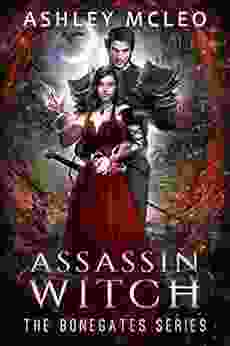
 George Martin
George MartinAssassin Witch Dark Faerie: The Bonegates
In the shadowy...
4.1 out of 5
| Language | : | English |
| File size | : | 4490 KB |
| Text-to-Speech | : | Enabled |
| Screen Reader | : | Supported |
| Enhanced typesetting | : | Enabled |
| Word Wise | : | Enabled |
| Print length | : | 258 pages |





